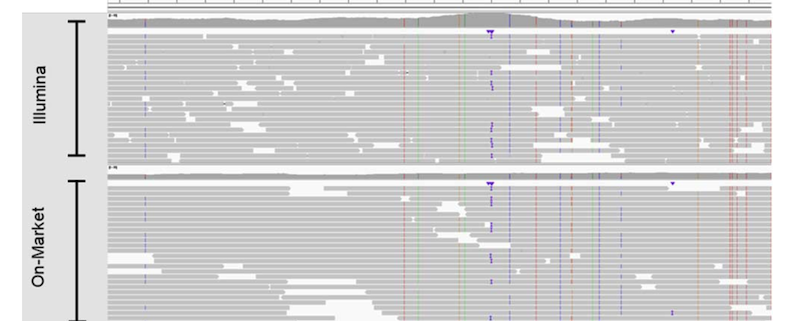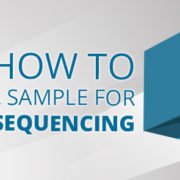Illumina Announces Long Reads
Illumina recently announced the upcoming availability of long-read technology at the 40th Annual J.P. Morgan Healthcare Conference, in a press release and on Illumina’s Genomics Research Hub. The new long-read sequencing assay is code-named Infinity and is predicted to launch in the second-half of 2022. However, no firm release date has been set.
What We Know About the Infinity Assay
Illumina states that the Infinity assay will have several useful features that are superior to existing short-read technologies:
- Infinity will yield up to 10 Kb (kilobase) contiguous read lengths. This is in contrast to typical short-read read lengths in the 2x150bp (300bp) – 2x300bp (600bp) (base pair) range.
- Illumina states that Infinity will yield 10X throughput vs. long-read technologies from competing vendors. By throughput, we assume they mean the number of reads generated per sample in a typical sequencing run. This may or may not be very important, as Illumina’s SBS (sequencing-by-synthesis) protocol is completely different from Oxford Nanopore’s nanopore direct current sequencing method or PacBio’s SMRT (single-molecule real-time) sequencing method.
- Illumina states that the Infinity assay will require 90% less DNA input vs. long-read technologies from competing vendors. This could be significant for some applications where the quantity (mass, concentration) of DNA is limited.
- The Infinity assay will be implemented on Illumina’s existing sequencer platforms (ca. 20,000 worldwide). This is quite important as there will be no need for laboratories to upgrade to new instruments or expend precious CapEx funds replacing existing machines.
Potential Benefits
There could be numerous benefits from the Infinity long-read technology, including:
- the ability to resolve highly repetitive genomic sequences
- the ability to resolve long homopolymer sequences
- the ability to identify large structural variants
With short-read methods, it can be difficult or impossible to map or assemble long stretches of repetitive sequences and homopolymer sequences. Long-reads can often resolve these genomic regions, as the long-reads can span their entire length. Likewise, long-reads can resolve many types of structural variants, such as long insertions and deletions (indels), translocations, inversions, interspersed duplications and tandem duplications. Short-reads have trouble with these large structural variations in genomic sequence.
It will be important to see if the Infinity assay long-read base call quality (Phred Q-scores) is similar to existing short-reads. On Illumina platforms, we’re accustomed to Q > 30 (99.9% accuracy) base call quality scores. We’ll have to see if the Infinity assay long-reads maintain this level of accuracy.









 The Sequencing Center
The Sequencing Center
Leave a Reply
Want to join the discussion?Feel free to contribute!